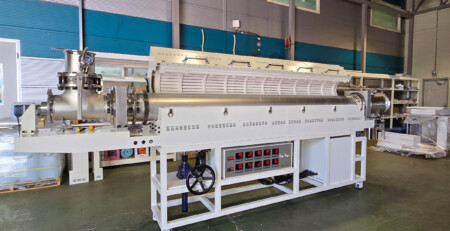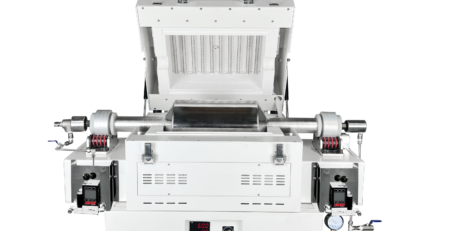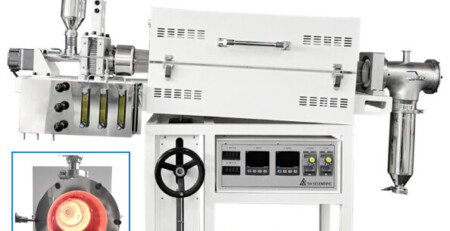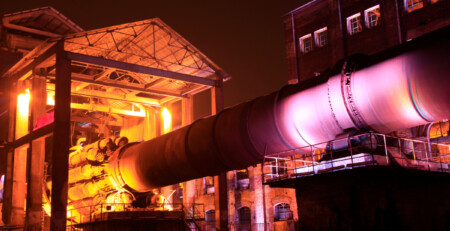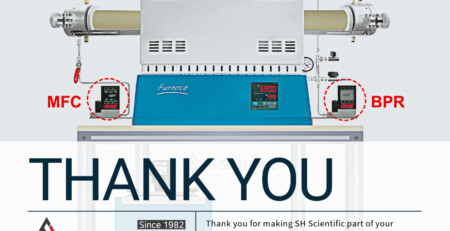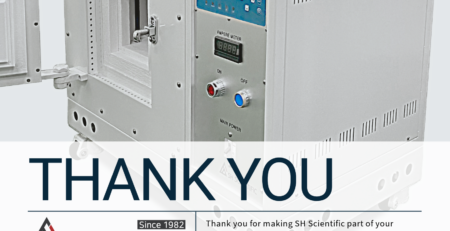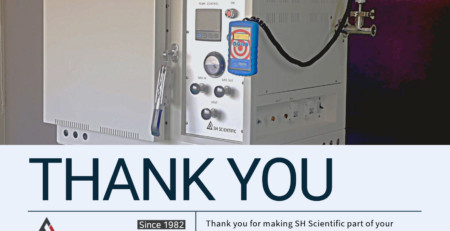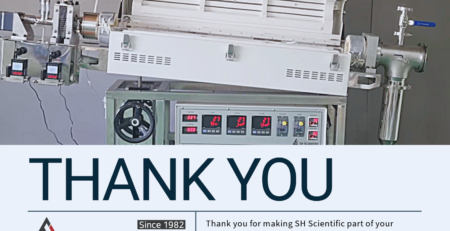SH Scientific and the Future of Li-Ion Batteries: Advancing Cathode Manufacturing Through Innovative Tube Furnaces
Lithium-ion batteries power everything from smartphones and electric vehicles to large-scale energy storage systems. At the heart of each Li-ion battery lies the cathode, which accounts for nearly 50% of the overall production cost. Innovations in cathode materials—particularly single crystalline particles with specialized coatings—promise to unlock not only faster charging and longer cycle life but also significant cost savings and reduced emissions. SH Scientific, a leading manufacturer of high-performance tube furnaces, provides critical equipment that enables companies like ACT-ion (Advanced Cathode Technology for Li-ion) to drive this new frontier in battery technology.
Transforming Battery Economics and Sustainability
As the demand for Li-ion batteries continues to rise, improving both performance and affordability becomes a major goal for manufacturers and researchers. The cathode, being the priciest component, offers the greatest potential for transformative change. ACT-ion and other forward-thinking organizations focus on developing single crystalline cathode materials with protective and conductive coatings that significantly enhance durability and conductivity. By minimizing fracturing, oxidization, and other degradation mechanisms, these coated cathode particles extend battery life and reduce long-term costs.
Single Crystalline Particles with Protective Coatings
In traditional polycrystalline cathodes, internal grain boundaries can weaken over repeated charging cycles, causing cracks and capacity losses. Single crystalline particles bypass many of these structural vulnerabilities. When supplemented with robust coatings, they become even more resilient against the chemical and mechanical stresses typically encountered in high-energy battery cells. This synergy of single crystalline structure and advanced coatings represents a major leap in battery technology, promising improved cycle life, higher energy density, and faster charging capabilities.
Continuous Manufacturing and Reduced Emissions
ACT-ion’s pioneering process to produce single crystalline cathodes on a continuous line marks a significant shift in cathode production. By optimizing parameters such as temperature, reactive atmosphere, and residence time, ACT-ion achieves up to ten times higher production rates than traditional batch processes. This approach is both “chemistry-agnostic” and compatible with existing battery cell production lines, enabling broader adoption across diverse battery chemistries. Beyond productivity gains, the continuous process also curtails energy consumption and emissions, aligning with the pressing demand for greener, more efficient manufacturing solutions.
The Role of Tube Furnaces in Advanced Cathode Manufacturing
To realize these benefits, precise thermal control and uniform heating environments are paramount. Tube furnaces are often used for heat treatment, calcination, and coating processes that define a cathode’s performance characteristics. By controlling temperature gradients and carefully regulating gas flow, researchers and manufacturers can ensure the structural integrity of single crystalline particles and achieve consistent coating coverage.
SH Scientific’s Contribution to Next-Gen Cathode R&D and Production
SH Scientific’s tube furnaces are designed to meet the exacting needs of both R&D labs and pilot-scale operations in the battery industry. These furnaces offer:
- High-Precision Temperature Control: Multi-zone configurations and advanced sensors allow tight regulation of heating profiles, essential for forming uniform crystalline structures and coatings.
- Versatile Atmosphere Management: Options for inert, oxidative, or reducing atmospheres let engineers customize the environment to the specific requirements of each cathode chemistry.
- Continuous or Batch Operation: Whether testing new materials in small batches or simulating a pilot-scale continuous process, SH Scientific’s flexible designs can be tailored to a project’s size and scope.
Customizable Solutions for Accelerated Innovation
One of the most significant advantages that SH Scientific brings to cathode manufacturers is the ability to customize tube furnaces at a reasonable price point. From altering chamber dimensions to integrating advanced feed mechanisms and exhaust handling systems, SH Scientific’s engineering team collaborates closely with clients to design a furnace configuration that matches their specific materials, throughput targets, and environmental constraints. By empowering seamless scale-up from benchtop experiments to pilot-scale trials, these customizable systems help minimize both technical risks and financial outlays.
Driving a New Generation of Batteries
ACT-ion’s achievements underscore the central role of continuous processing in reducing costs and environmental impacts in Li-ion battery production. As industry players seek to replicate or adapt these techniques, reliable and adaptable tube furnace systems become indispensable. SH Scientific’s solutions ensure that promising concepts—such as single crystalline cathode particles with protective coatings—can transition from the lab to robust commercial processes quickly and efficiently.
A Greener, More Powerful Future
With global energy demands surging and sustainability becoming a strategic imperative, the Li-ion battery industry is undergoing rapid, transformative change. By focusing on high-value cathode materials and efficient manufacturing methodologies, companies and research institutions can develop batteries that charge faster, last longer, and cost less. SH Scientific stands at the forefront of this revolution, offering tube furnaces that not only support innovative cathode R&D but also pave the way for scalable, eco-friendly production methods. Through this synergy of advanced materials science and precision engineering, the next generation of batteries will be primed to power a cleaner, more connected world.


